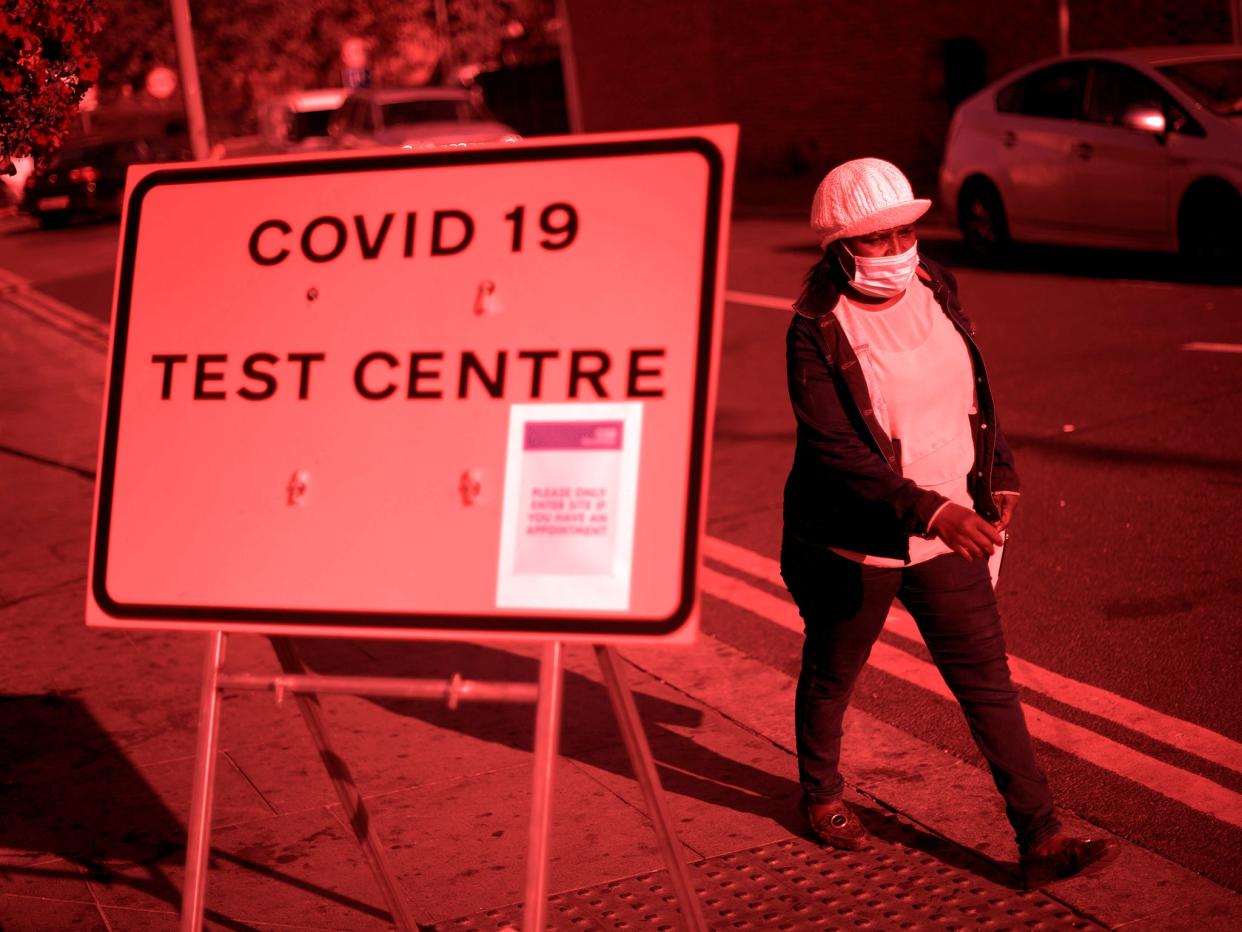Coronavirus false positives: How many are there and is it actually an issue?

As coronavirus cases once again begin to surge across the UK, the issue of false positive test results has once again been raised.
Politicians and scientific advisers have warned that rising case numbers could be attributed, at least partly, to the problem.
Conservative MP Desmond Swayne warned in parliament this week that they were “giving a distorted impression of the trajectory of the disease.”
He said: “It doesn’t take a mathematician to tell you that a relatively small percentage of false positives will have a significant impact on our estimate of how many people are infected.”
A number of journalists and public figures have jumped on this to spread a theory that false positives test results actually account for more than 90 per cent of all positive results in the country.
So what exactly is the problem with false positives and how much heed should be paid to them when assessing the UK’s response to the pandemic.


